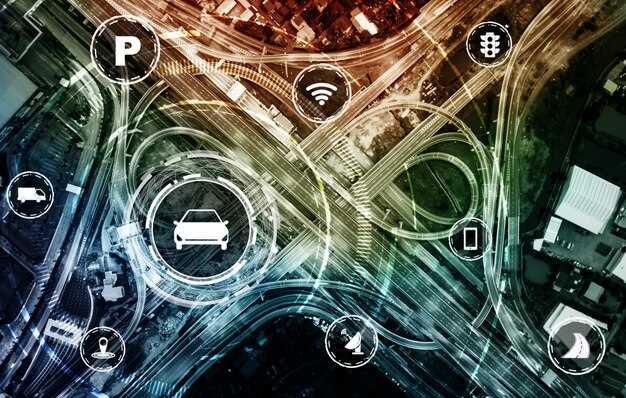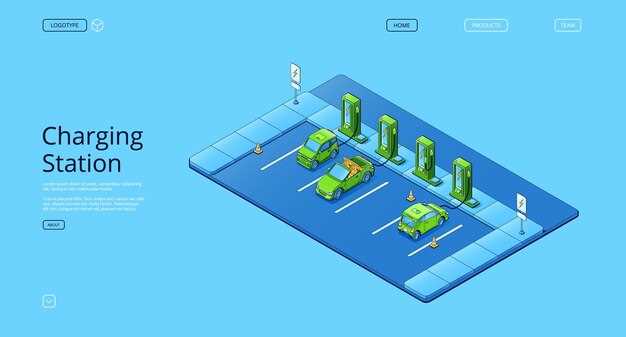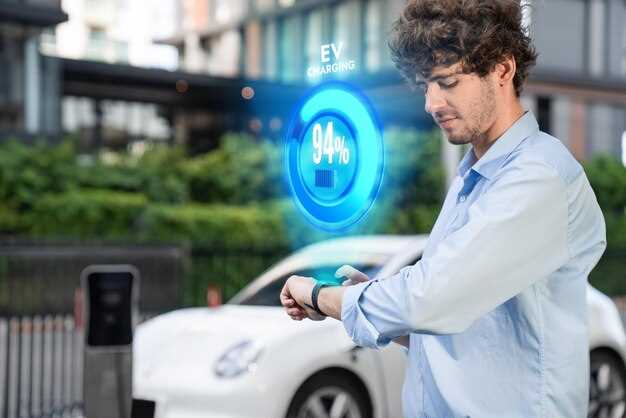
Audi Vehicle-to-Infrastructure (V2I) Technology

The integration of Vehicle-to-Infrastructure (V2I) technology represents a pivotal advancement in the realm of smart transportation systems. Audi, as a leader in automotive innovation, is at the forefront of developing solutions that enhance vehicle communication with surrounding infrastructure. This seamless connectivity aims to improve safety, efficiency, and sustainability on our roads.
V2I technology enables vehicles to communicate with traffic lights, road signs, and other infrastructure elements, paving the way for a more informed driving experience. By exchanging real-time data, Audi’s smart systems can provide drivers with vital information regarding traffic conditions, potential hazards, and optimal routes, ultimately minimizing congestion and reducing travel times.
As cities evolve towards more intelligent frameworks, the implementation of V2I systems is becoming increasingly crucial. Audi’s commitment to leveraging innovative technology not only enhances the driving experience but also contributes to the broader vision of smart city development, where vehicles and infrastructure work in harmony for a safer and more efficient transportation ecosystem.
Understanding Audi’s V2I Communication Protocols

Audi’s Vehicle-to-Infrastructure (V2I) communication protocols are designed to enhance the interaction between vehicles and surrounding infrastructure, creating a smarter driving experience. These protocols facilitate the exchange of critical data between Audi vehicles and traffic management systems, traffic signals, and other urban elements. The aim is to optimize traffic flow, improve safety, and reduce environmental impact.
At the core of Audi’s V2I technology is the dedicated Short Range Communication (DSRC) system, which enables high-speed, low-latency communication. This system supports real-time data transfer, allowing vehicles to receive important information about upcoming traffic lights, road conditions, and potential hazards. By integrating these systems, Audi vehicles can make informed decisions that enhance driving efficiency and safety.
Moreover, Audi’s V2I protocols are built to support various applications that contribute to smart city initiatives. These applications include signal priority for emergency vehicles, dynamic route adjustments based on traffic conditions, and information sharing about construction or accidents ahead. As a result, Audi vehicles can adapt to their surroundings and provide a smoother driving experience.
To ensure seamless communication, Audi collaborates with city planners and infrastructure providers. This collaboration allows for the continuous improvement and deployment of V2I technologies within urban environments. By establishing a robust ecosystem of smart infrastructure, Audi aims to create a connected environment that benefits both drivers and city administration.
Ultimately, understanding Audi’s V2I communication protocols reveals their commitment to innovation and sustainability. By leveraging advanced communication systems, Audi not only enhances vehicle performance but also plays a pivotal role in shaping the future of smart transportation.
Real-World Applications of Audi Smart Systems in Urban Environments

Audi’s Vehicle-to-Infrastructure (V2I) technology is revolutionizing urban mobility by enhancing communication between vehicles and surrounding infrastructure. These innovative systems play a vital role in improving traffic flow, safety, and overall urban living experiences. With real-time data exchange, Audi vehicles can interact with traffic signals, road signs, and even pedestrian systems, showcasing practical applications in bustling city landscapes.
One significant application of Audi’s V2I systems is the synchronization of traffic lights. Vehicles equipped with this technology can receive notifications about upcoming signal changes, allowing drivers to adjust their speeds accordingly to avoid unnecessary stops. This feature not only reduces congestion but also minimizes fuel consumption and lowers emissions, contributing to a greener urban environment.
Another critical application is the integration of real-time traffic data into the navigation systems of Audi vehicles. By leveraging V2I technology, these vehicles can provide drivers with up-to-date information about road conditions, construction, or accidents. This capability enables more efficient route planning, helping to optimize travel times and enhance the overall driving experience.
Moreover, Audi’s smart systems are designed to improve pedestrian safety. Through V2I communication, vehicles can detect the presence of pedestrians at crosswalks and signal drivers to slow down or stop, significantly reducing the risk of accidents. This proactive approach to safety paves the way for more pedestrian-friendly urban areas.
Finally, Audi’s V2I technology supports smart parking solutions. By communicating with parking infrastructure, Audi vehicles can locate available parking spaces, reserve them in advance, and guide drivers directly to their destinations. This reduces the time spent searching for parking, alleviating traffic congestion in busy urban centers.
Future Trends in V2I Technology and Their Impact on Audi Vehicles
The future of Vehicle-to-Infrastructure (V2I) technology holds significant promise, particularly for premium automotive brands like Audi. As urban areas become increasingly congested, the integration of V2I systems will play a critical role in enhancing traffic management and improving overall vehicular performance.
One of the key trends in V2I technology is the expansion of smart traffic signals that communicate with Audi vehicles. These systems will optimize traffic flow by adjusting signal timings based on real-time data provided by vehicles. As a result, Audi drivers can anticipate changes and make informed decisions, leading to smoother journeys and reduced travel times.
Another important trend is the development of connected infrastructure that collects and analyzes data from various sources. This will enable Audi vehicles equipped with advanced V2I systems to receive crucial information about road conditions, construction zones, and potential hazards ahead. By processing this data, vehicles can enhance navigation capabilities and improve safety for all road users.
Moreover, the rise of electric and autonomous vehicles is poised to complement V2I systems, leading to innovations in energy efficiency and self-driving technology. Audi vehicles will increasingly leverage V2I networks to manage battery usage more effectively, charging when demand is low, and reducing overall carbon footprints. This synergy will be vital in urban environments, where the demand for both performance and efficiency is paramount.
As the adoption of V2I technology continues to grow, partnerships between automotive manufacturers and infrastructure providers will become essential. Audi is well-positioned to lead these collaborations, ensuring that its vehicles are at the forefront of the transition to smarter transportation systems. This will result in a significant competitive advantage, allowing Audi to offer enhanced features that elevate the driving experience.
In conclusion, the future of V2I technology promises to transform how Audi vehicles interact with their surroundings. By embracing these emerging trends, Audi will not only improve vehicle efficiency and safety but also contribute to the creation of smarter, more connected urban environments.